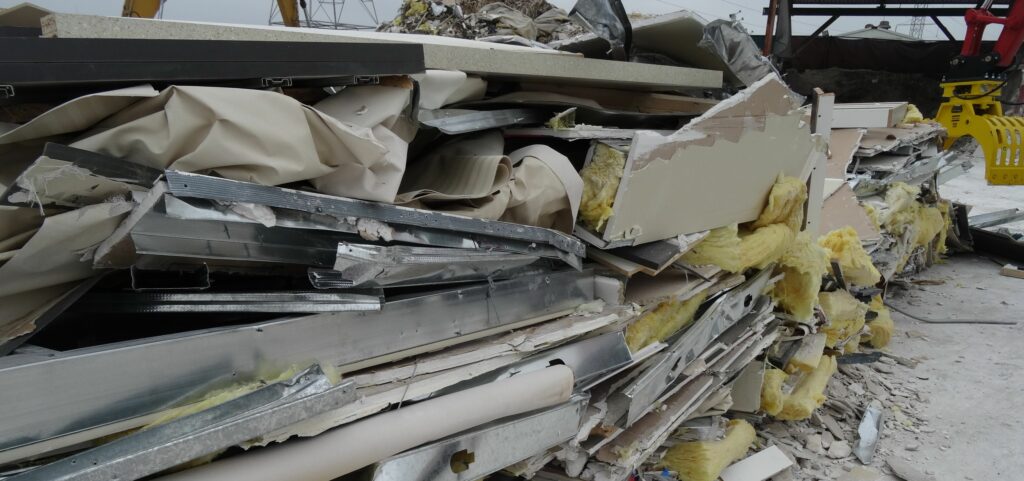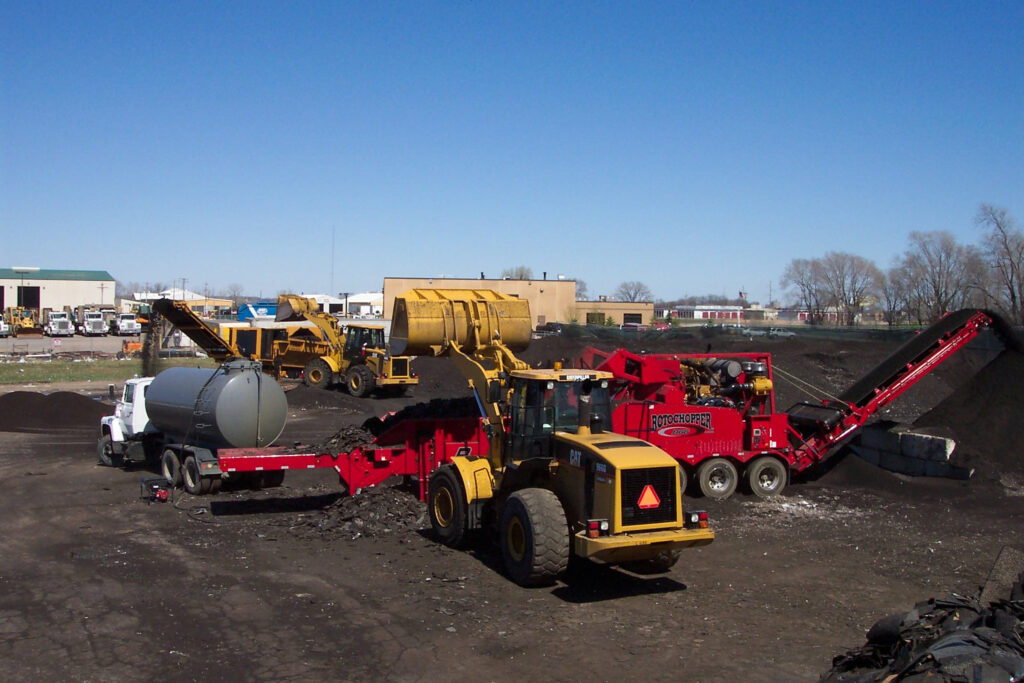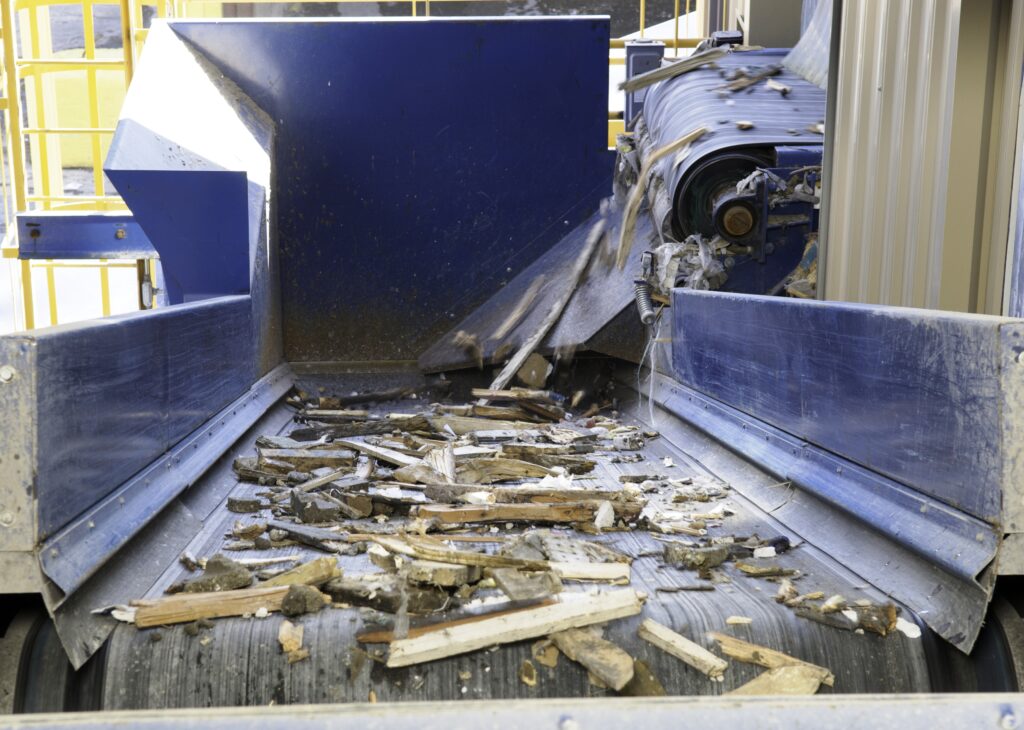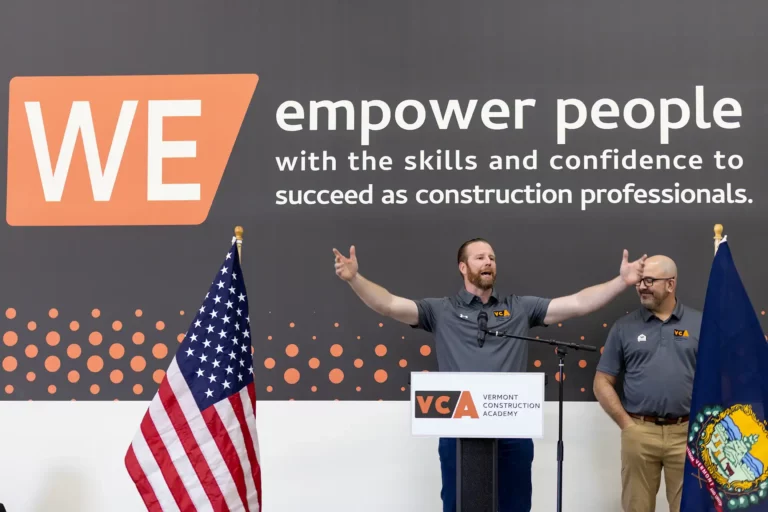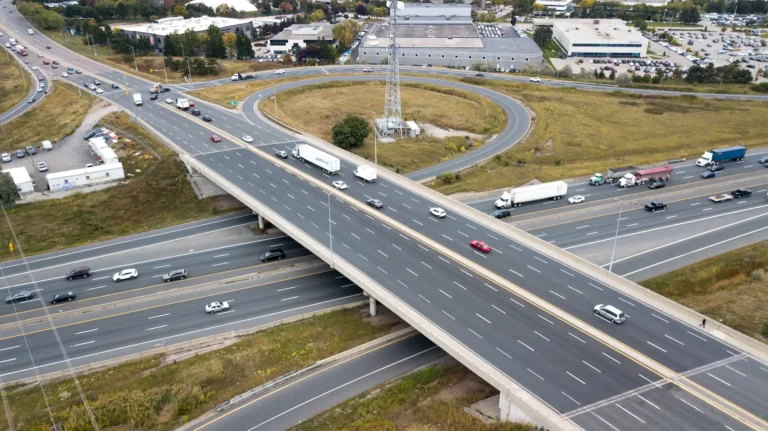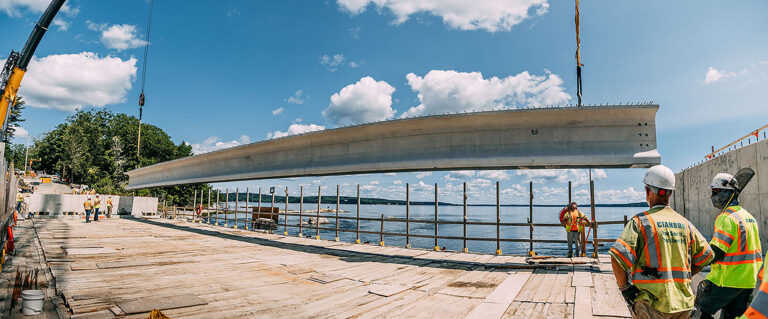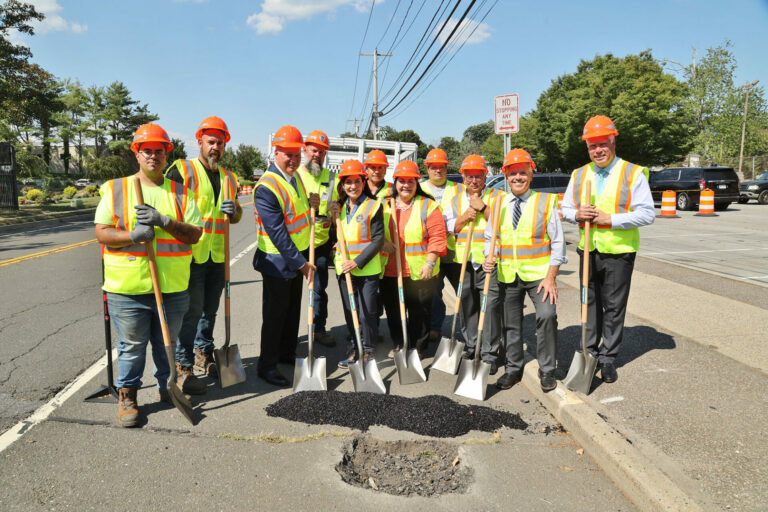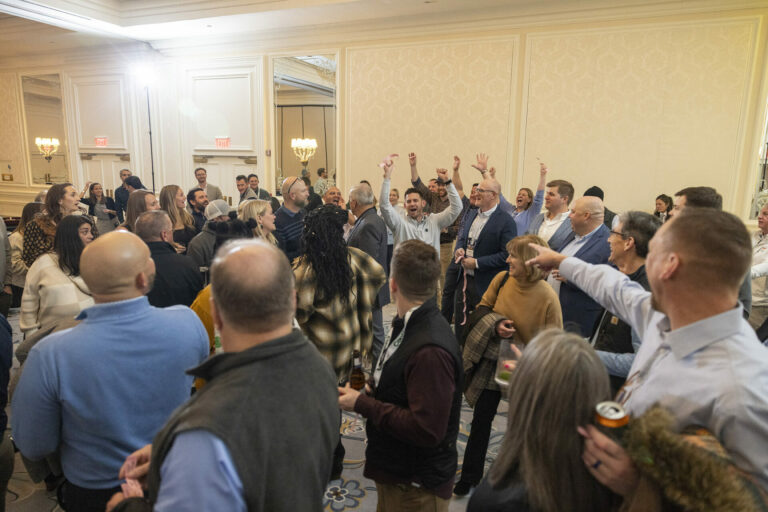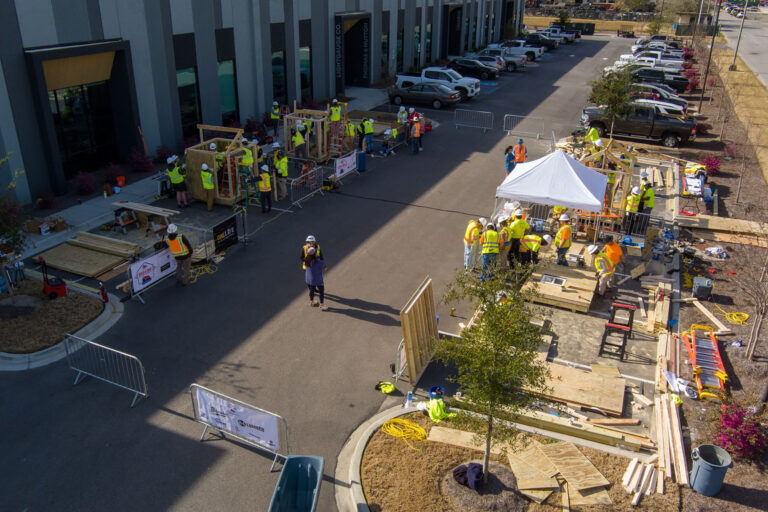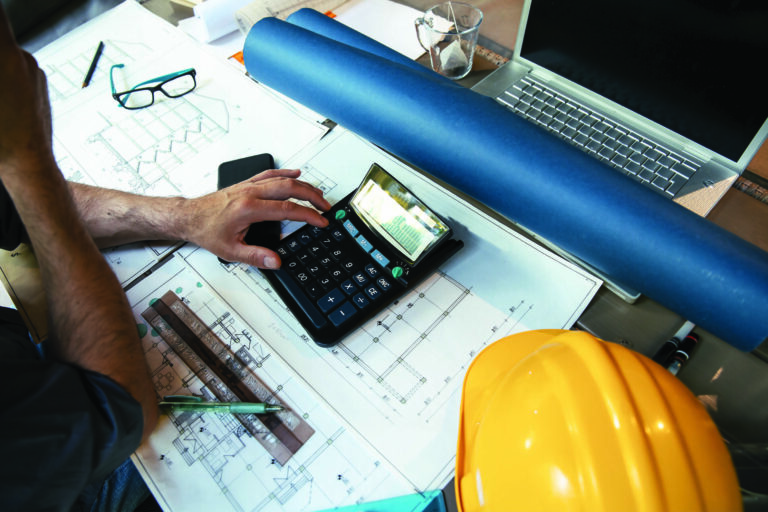When it comes to sustainability, construction can occasionally get a bad rep. As a result of the ever-growing knowledge base around carbon emissions, coupled with the environmental footprint that construction and building can leave on the planet, this might not be surprising. Unfortunately for those within the industry however, it may also not be entirely accurate. While yes, it may be fair to say that elements of the construction process do come with sustainability concerns, this belies the fact that there are many aspects that are actively countering these effects within the industry. The problem, according to those working in the area, is not necessarily a lack of engagement and enthusiasm, it is one of education.
The Construction & Demolition Recycling Association (CDRA) represents members across a diverse selection of sectors in Construction and Demolition. While its main task is to support and represent the needs of members by “promoting and defending the environmentally sound recycling of the more than 500 million tons of recoverable construction and demolition (C&D) materials that are generated in the United States annually,” an ongoing goal is to increase awareness of the work its members do on a daily basis. Furthermore, when the figures around recycling are analyzed, it becomes apparent why promotion and communication across the industry and beyond is such a necessary task. Current President of the CDRA, Jason Haus, explains how, despite having a less than glowing reputation, the construction industry is indeed punching above its weight with regards to recycling. “Our industry tries to recover the 544 million tonnes of construction waste that is generated every year in the United States and when you take into account all construction, renovation, road and bridge debris, we have a relatively high recycling rate, around 70%. The reality is that this is a higher amount than regular municipal solid waste. While the construction, demolition and road building industries actually generate more waste material than all the households in the US, we also recycle more as a percentage of those tonnes than the other side of the recycling industry.”
Given that the industry is recycling to a higher degree than residential sectors, questions need to now be asked around communication. Clearly the PR departments of construction businesses are working tirelessly, and it must be said, effectively, at promoting the greener elements of their processes and output, the recycling piece seems to get lost somewhere in the haze of opinions and concerns around sustainable practices. It is within this context that I put it to both Jason and Bill Turley, Executive Director and founding member, that recycling within construction industry is a relatively new thing. For Jason, this assumption lies at the heart of the association’s challenges. “I think the misconception of our industry is that this is new. People have been doing this for a long time. The road builders, the bridge builders, they’ve been recycling for years now. Recycling of the construction debris, whether it’s from new home building, new home remodelling or commercial renovations; that’s been around for close to three decades. It has become more sophisticated and more automated in recent years but this process has been going on for a long time.” Additionally, those within the association are well aware that the profile of recycling within construction and demolition needs to be raised significantly. “One of the struggles we have as an association is letting people know about the work we are doing and getting more members to be a part of it. I think there is a lack of information about what we actually do and how much we actually process. Bill and I have been involved in panels with the EPA and sometimes they don’t even understand all the work that that we are doing on a daily basis. There is a lot more work we can do, but it is a under recognized field. Recycling has been around for quite some time, just not very well known.”
This point, that recycling within the construction and demolition industries is taking place on a widescale basis, is one worth re-emphasizing. According to research from the CDRA, the area of landfill avoided by recycling in one year is equivalent to over 4,300 acres (at a waste depth of 50 ft). Additionally, the positive impact that recycling has on emissions is staggering. While the research contained results from a number of years ago, the figures speak for themselves. According to the report, “energy savings and greenhouse gas (GHG) emissions avoidance as a result of recycling C&D components instead of landfilling them was assessed using emission and energy factors developed by the US Environmental Protection Agency. In 2012, the estimated magnitude of GHG emissions offset corresponded to taking 4.7 million passenger cars off the road for an entire year. The energy savings resulting from C&D recycling was equivalent to over 85 million barrels of oil.” The association, through its advocacy work, also takes every opportunity available to showcase the innovation that generates these impressive figures. There is no better place to see this than the C&D World Conference 2022, taking place in Atlanta, GA, where a diverse program has been put together in order to showcase the diversity throughout the industry.
“The energy savings resulting from C&D recycling was equivalent to over 85 million barrels of oil.”
While recycling may have been taking place quietly and efficiently within the industry for many years, this does not mean that the association and its members have had an easy time of things on their journey. Standards and processes have undoubtedly improved over this time and, as a result, the CDRA is now celebrating its 25th year which is a remarkable achievement under any circumstances. This longevity and consistency has been hard earned, however. As Bill is quick to point out, the early meetings that signaled the beginning of the association lacked the sophistication it now enjoys. “At that time, things were very fragmented, and it was only really starting to develop. It was not very centralized and these participants had nowhere to meet and exchange information so originally the CDRA, which I am the founder of, was set up just to provide information exchanges, simple things like that. This is interesting because, within our industry everything is heavy. None of it moves very far. Because of this, we are very generous with our information; the guy from Seattle will talk to the guy in Topeka, because they don’t compete. Since then we have expanded into research, advocacy and other aspects of recycling, but in the beginning it was set up for information exchange.“
In an industry, and a world, where sustainability and environmentally minded businesses are vital aspects of everyday life, how does the CDRA spread its message? While this is not a question that has a simple answer, Bill is quick to reference the journey its members have been on and, in particular, the advancements that have revolutionized their work. “When I first met Jason, it was a case of, throw the stuff on the ground and grab what you can. Now his company has a highly mechanized facility. Jason too acknowledges that things are markedly different to when many of the associations members were starting out. “I call it the swarm method where you would just dump everything on the floor and have a bunch of people swarm on the pile and pick all the things out that you had an end market for. You couldn’t process any sort of volume doing it that way so then things evolved into systems of equipment that were engineered and put together to mechanically recycle these materials. You still have people involved, but it’s much more mechanized and automated today than it was 15 years ago. Some of the systems are very technical. We have things from robotics to optical sorters. We are starting to see some of the equipment that would be in a single stream recycling facility on the construction, demolition side also.” It is clear that the work being done by the CDRA is important. Sharing the successes of its members is an invaluable thing, given that this knowledge sharing will only result in more companies with construction and demolition coming on board. Twenty-five years may seem like a lifetime to some, but those within the CDRA see things differently. Its mission is just to continue doing what it does, celebrating every win and ensuring that its members recycle every tonne that they can. “Our goal is to get this stuff out of the landfill. Every action we take is toward that. It’s research, it’s advocacy, it’s all of that and you know, the more the support we get, the more that we can do.”









